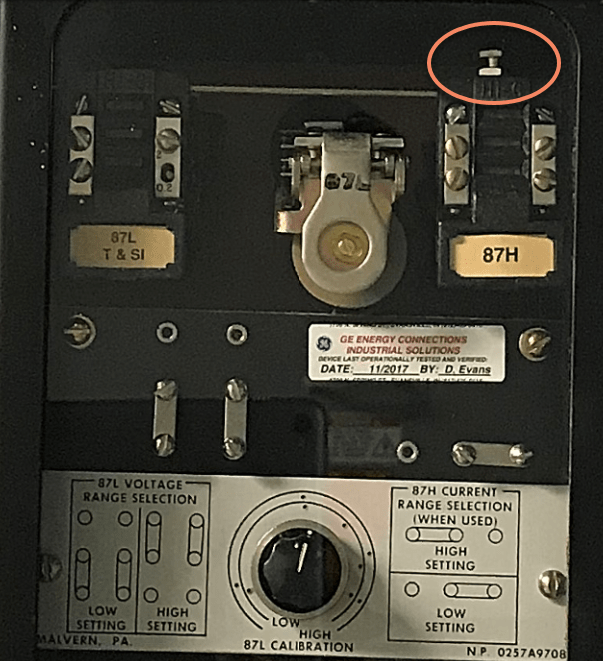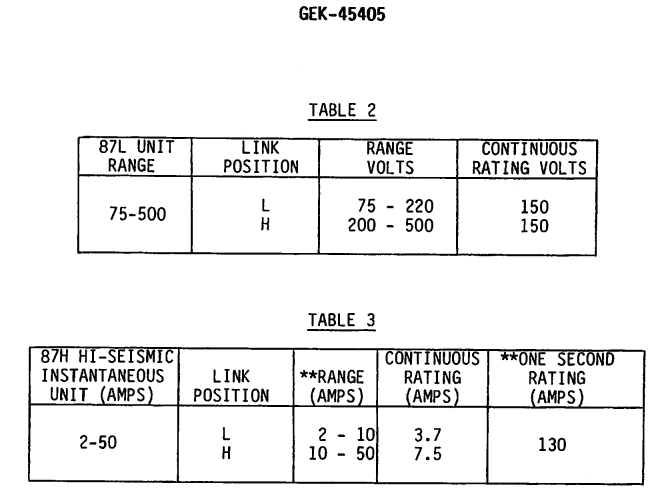Dear Mr bdn2004
Introduction: Ok I’m going to try to explain what I think you are saying…please tell me where I’m wrong. Thanks!
Q1) When voltage appears across the operating relay coil – the relay is energized and closes the contacts on the relay – like all relays.
A1) Wrong. No. The relay does [not] operate at the (set voltage value). The relay operates only when the voltage exceeds the set value by 1.3 times approx. The higher the voltage value [above the set value] the shorter the tripping time (see reply by Messrs JG2828 and che12345)
Q2) The two current transformers are wired so that during normal operation they oppose each other through that operating relay coil making the net current = 0 and therefore 0V and no operation.
A2) Right. Yes.
Note: The corresponding CTs at both ends (of the line) shall be of the same manufacturer/ type/model with the same current ratio e.g. XA/YA , class e.g. X P Y , burden e.g. XY (VA), saturation voltage characteristic e.g. XYZ (volt), secondary winding resistance e.g. XY(ohm), with the correct polarity e.g. input P1 to P2 output S1 to S2 and on the same line/phase conductor e.g. (L1) etc.
Q3) If there is a fault inside the protected zone, there is a mismatch in the secondary currents and current flows and creates a voltage. At a minimum voltage of 135Volts across the operating coil, the relay will trip.
A3.1) Right. Yes, when there is a mismatch in the secondary currents and current flows and creates a voltage.
A3.2) Wrong. No, the relay [does not] trip at the set voltage of 135V. The [minimum operating voltage] is at 1.3approx time the set value i.e. 1.3approx times 135V.
4) The greater the fault current the greater the voltage that is developed across the relay coil and the quicker the operation. Thus the X-Axis of the graph and the inverse-relationship of the trip time-voltage curve.
A4.1) Right. Yes, the greater the fault current the greater the voltage that is developed across the relay coil and the quicker the operation.
A4.2) Right. Yes, inverse-relationship e.g. there is [no] tripping at 1 time of the set value, but with delay-time 25ms at 2 times or delay-time of 20ms at 3 times the set (voltage) value etc...
Che Kuan Yau (Singapore)



